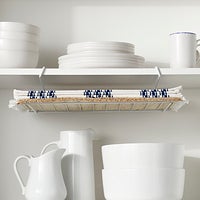11 items cluttering your kitchen drawers that you need to get rid of before Thanksgiving hosting – pros say it will make cooking easier
Reserved this vital space for only essential items
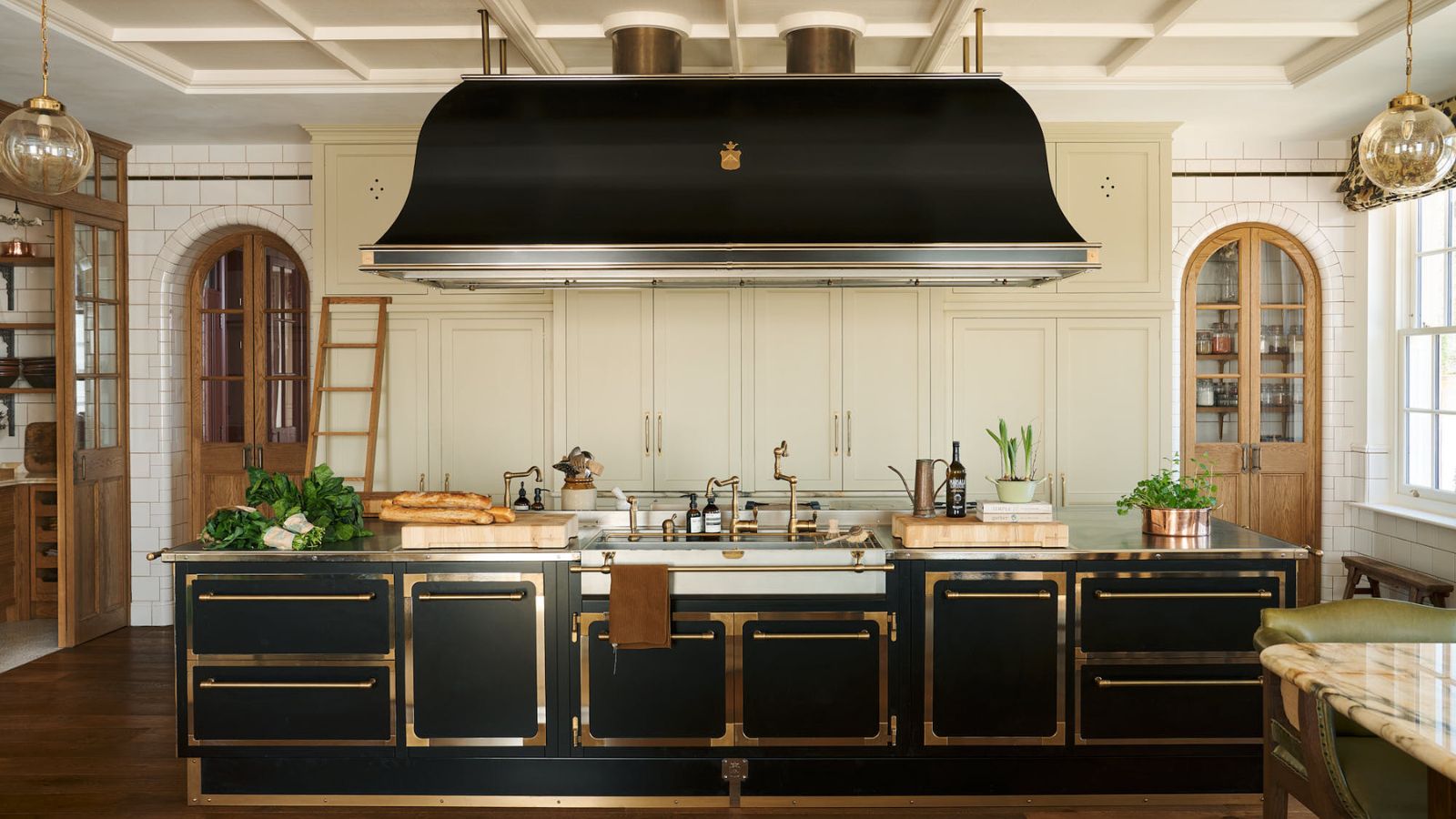
- 1. Specialty turkey baster
- 2. Turkey roasting rack
- 3. Novelty holiday cookie cutters
- 4. Duplicate utensils
- 5. Mismatched food containers
- 6. Scratched or chipped dishes
- 7. Mismatched utensils
- 8. Obsolete kitchen tools
- 9. Expired or unused spices
- 10. Outdated or underused bakeware
- 11. Tired linens
- Meet the experts

Punteha van Terheyden
As you prepare for the Thanksgiving feast, a little drawer rejiggling can go a long way.
Clutter and duplicates in this area can slow you down, just when you need to be at your best. Getting rid of unnecessary gadgets and tools before the holiday rush will make cooking and baking much easier.
A functional kitchen is key to stress-free hosting. By clearing out the excess, you’re not just tidying up, you're streamlining your entire cooking process.
We've identified the 11 items likely cluttering up kitchen drawers so you can get decluttering and easily organize yours and prepare for Thanksgiving.
11 items to get rid of from your kitchen drawers ahead of Thanksgiving
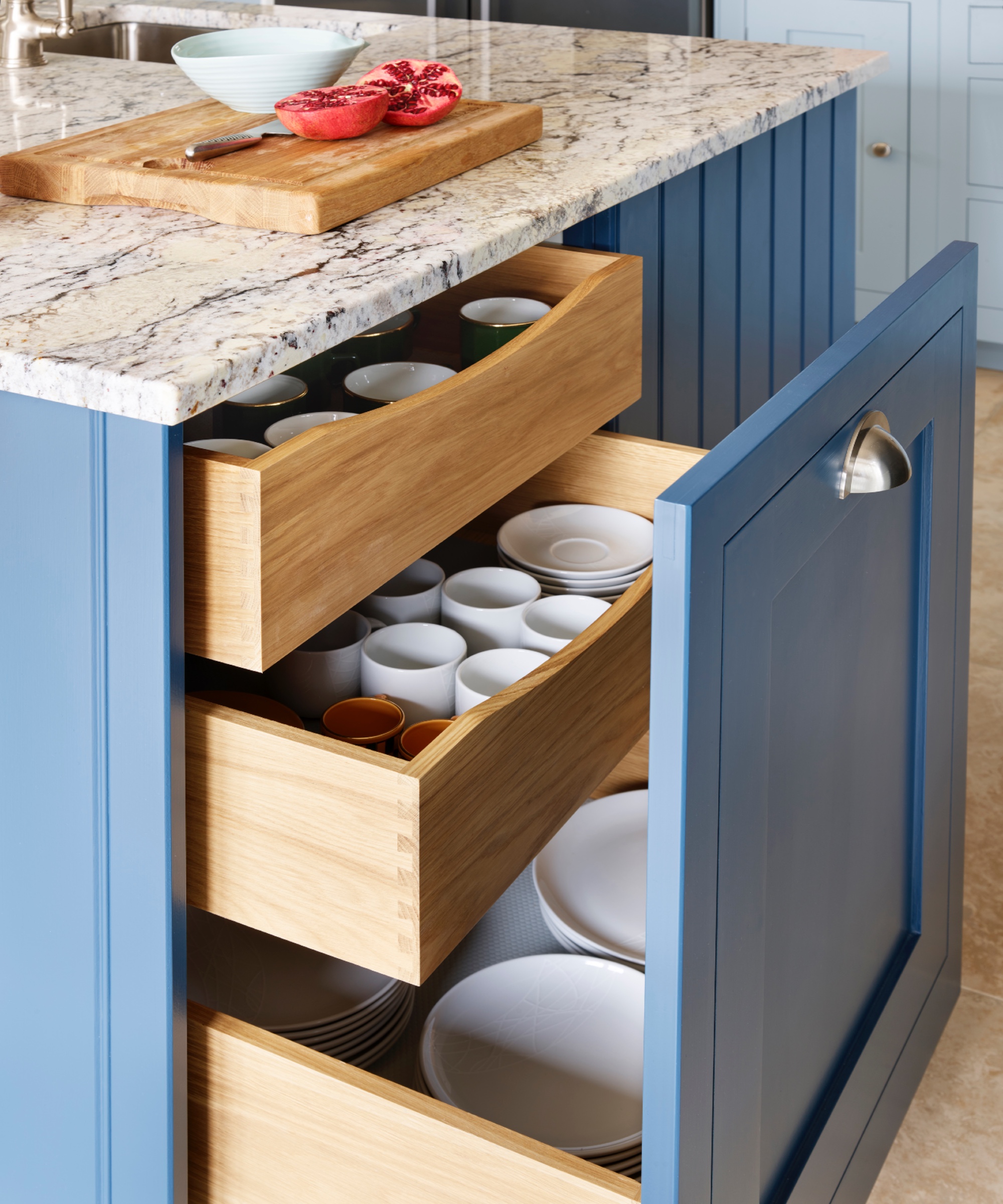
1. Specialty turkey baster
This utensil is the quintessential Thanksgiving tool, but for many, its use is limited to just one or two days a year. It takes up significant space in a drawer and can be easily replaced by a bulb baster you may already have, or you can even use a large spoon or ladle to baste your bird instead, negating the need for a separate tool altogether.
Get rid of this single-use tool to free up valuable real estate for your other cooking essentials.
Georgina Burnett, decluttering expert at Vintage Cash Cow advises, 'Go through each item one by one and consider whether you actually need it – or will ever use it – again.'
Design expertise in your inbox – from inspiring decorating ideas and beautiful celebrity homes to practical gardening advice and shopping round-ups.
Turkey basters certainly fall into that category. Sell or donate yours now.

This is particularly useful for high-traffic cutlery drawers. Expand it to fit your space, and know that the end section in darker gray is all the space you have for utensils. Getting rid of the right amount of items so the remainder fit in this space is a rule pros swear by.
2. Turkey roasting rack
These large wire racks are designed to lift a turkey off the bottom of the pan for even roasting. While useful, they are often bulky, difficult to store, and are only needed once a year.
A good alternative is to create a rack with bunched-up foil, sliced vegetables, or even a few thick slices of bread.
Then, you can donate this single-purpose item to a thrift store and reclaim that large, awkward space in your kitchen.
Just remember to make sure your donated items are not a liability before heading to a drop-off.
3. Novelty holiday cookie cutters
Before you begin your holiday baking, you may find an assortment of themed cookie cutters that have accumulated over the years. This can include shapes for pumpkins, turkeys, fall leaves, and gingerbread men.
If this includes ones you never use, or doubles of the ones you do, now is the perfect time to pare down your collection.
A classic round biscuit cutter or a simple square can be used for a variety of festive cookies, which you can also decorate with festive icing shapes to give it that seasonal design, and takes up less space.
We like the 3-piece Hulisen professional biscuit cutter set from Amazon as it nests in a compact manner and is dishwasher safe.
4. Duplicate utensils
One of the main ways kitchen drawers become cluttered is through an accumulation of unnecessary duplicates.
'Target duplicate or broken utensils, tools, and gadgets,' advises Jacky Chou, principal and director at Archute. 'After all, do you really need three can openers, four peelers, or five whisks? Probably not.
'Keep only the ones that work well and that you use regularly, and get rid of the rest. You can recycle, donate, or sell any items that are still in good condition and throw away any that are broken or damaged.'
5. Mismatched food containers
After the Thanksgiving feast is over, you will inevitably have a refrigerator full of delicious leftovers to store. But are your kitchen drawers ready for the task?
Mismatched and overflowing plastic containers can make even the most well-organized kitchens look messy and can become a frustrating puzzle when you're trying to pack up everything from turkey to stuffing.
'When you have containers without matching lids and vice versa, they become virtually useless. These mismatched pieces often clutter up your kitchen drawers or cabinets without serving their intended purpose,' says Karina Toner, Operations Manager at Spekless Cleaning.
Instead of fighting with a mountain of mismatched lids and bottoms, consider investing in a new set of high-quality, stackable containers. A uniform set will not only save space and give your kitchen drawers a more refined look, but it will also make it a breeze to store all those leftover pies and casseroles.
We recommend the Rubbermaid Brilliance food storage container set of five from Amazon that is highly rated by more than 120,000 happy shoppers, and is airtight.
If you have a small kitchen, a nesting set of 10 Joseph Joseph food storage containers available for fast delivery from Amazon is the winner, as they fit inside each other, taking up just a tenth of the space they'd need otherwise.
6. Scratched or chipped dishes
We'd be lying to ourselves if we said impressing our guests with our beautiful Thanksgiving tablescapes wasn't on our wishlist.
That's why dishes that are scratched, chipped, or cracked can be both unsightly and potentially unsafe, warns Karina Toner: 'While it can be tempting to keep them for occasional use, decluttering them is a safer choice. Cracks and chips can harbor bacteria and pose injury risks, particularly with glass or ceramic dishes.'
If some of your dishes are looking worse for wear, it may be time to invest in a new set of beautifil dishes, such as Anthropologie's botanical Thanksgiving tableware.

Dainty earthenware always brings some antique-style charm. We love the gorgeous sculpted edges of these soup bowls and the dainty leaf motif for fall.
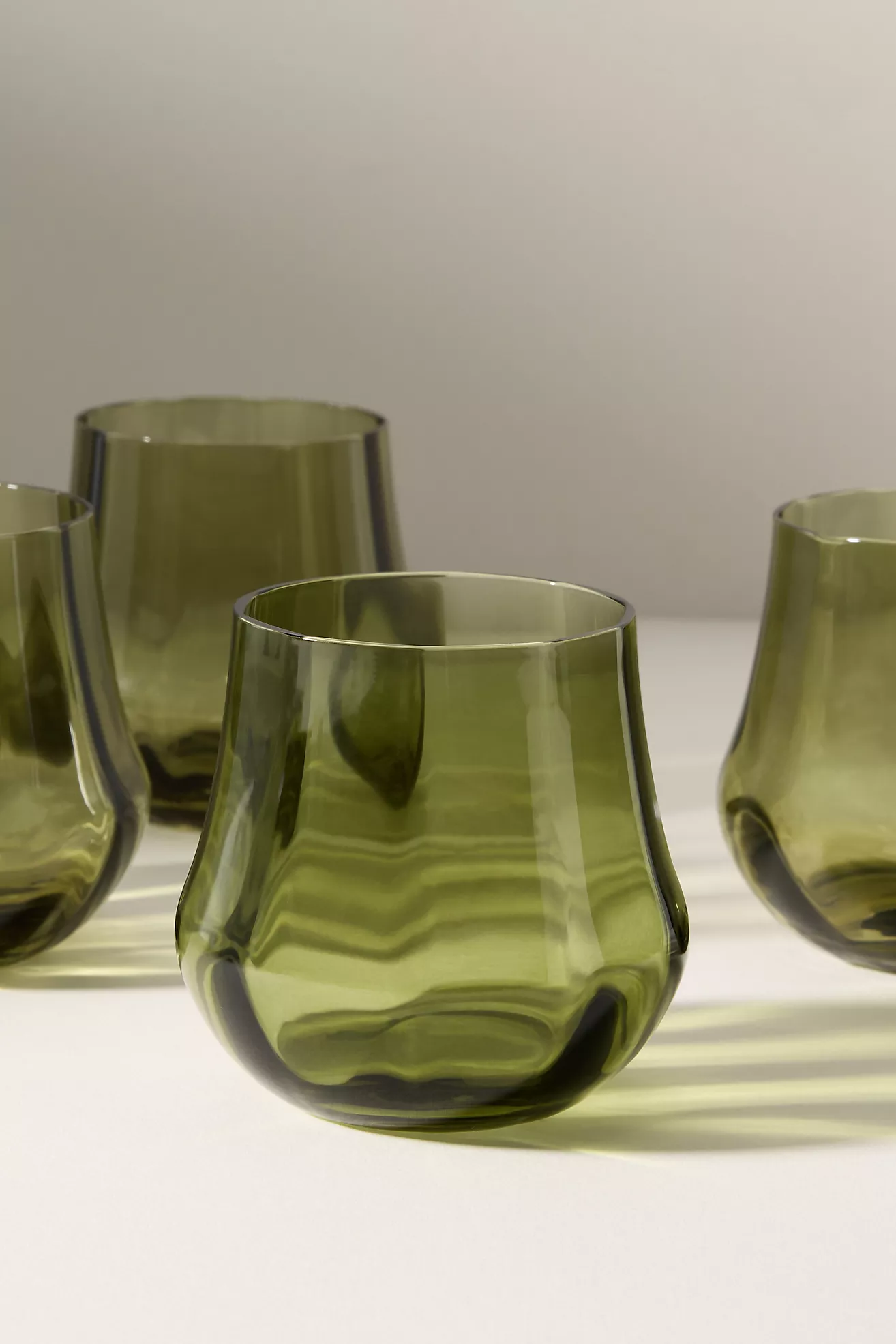
Whether it's a casual get-together or a sophisticated soiree, having some of the best colored glassware will make any table effortlessly stylish.
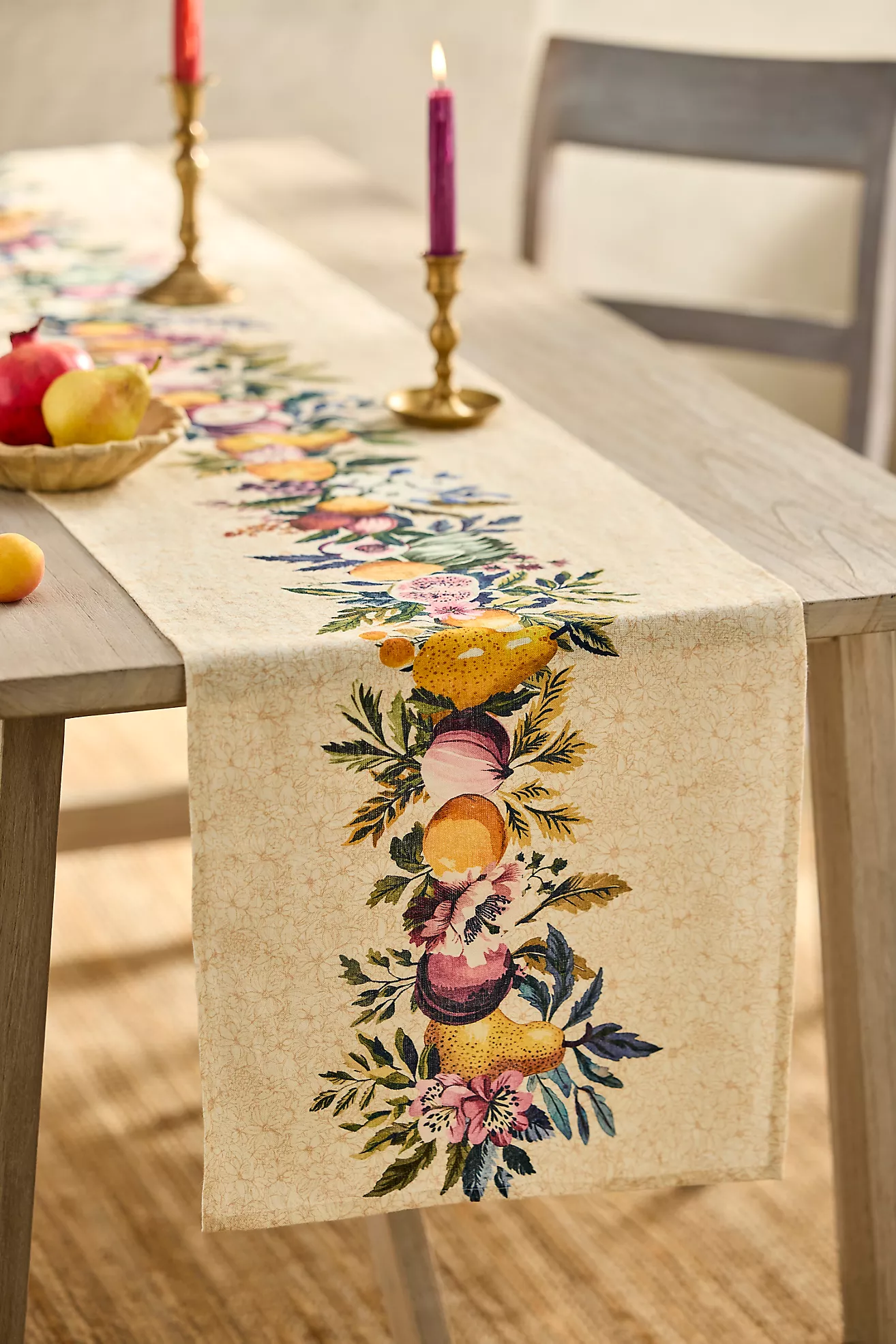
The contrast between the neutral linen fabric and the vibrant autumnal print makes this a perfect match for most tablescaping styles and tastes.
7. Mismatched utensils
If your utensil drawer is a chaotic jumble of random pieces, it's time for an autumnal purge. Just like with dishes, you should get rid of any mismatched or damaged cutlery and replace it with a quality, consistent set for a more organized kitchen.
'One of the cardinal sins of kitchen organization is the accumulation of mismatched utensils,' says Fred McGill, an interior designer and founder of Next Modern Home. 'The allure of a sleek, uniform set of utensils is not just practical but also visually appealing. Remove the odds and ends that don't belong, and invest in a well-coordinated set that complements your kitchen's style.'
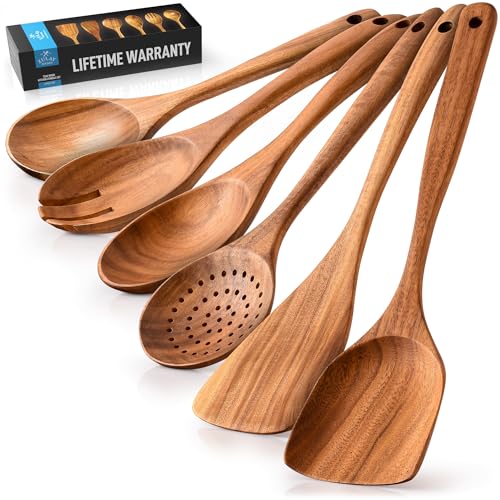
These heat-resistant utensils are perfect for baking and cooking in non-stick pans and air fryers. If your air fryer basket has started chipping, it's time to consider upgrading to one of the best non-toxic air fryers to reduce the risk of your loved ones ingesting microscopic but harmful materials.
8. Obsolete kitchen tools
As you gear up for the holiday cooking season, now is the perfect time to tackle those obsolete kitchen tools taking up valuable drawer space.
'While some kitchen gadgets are undeniably fun to use, many end up forgotten and neglected in the depths of our drawers. Evaluate the usefulness of these items and bid adieu to those that no longer serve a purpose,' advises Fred McGill. 'This will free up valuable space for items that enhance both functionality and aesthetics.'
Pro cleaner Karina Toner adds that 'single-use kitchen tools such as avocado slicers or corn cob holders, often marketed as gadgets for specific tasks, have limited applications and may not be worth the space they occupy.'
Georgina Burnett suggests a simple rule to help you edit these items down. She says, 'Go through each item, check whether it works, and then think about the last time you used it. If you haven’t used it in the last year, you may as well give it away, or if it’s broken, just get rid of it.
'This will free up valuable space and keep the items you use regularly within reach.' She also suggests, 'If you want to save space and take things out of your drawer, you could get a utensil holder for the kitchen side or a magnetic strip for the wall to stick them to. This also means they’re easy to access day-to-day.'
We recommend the Original Gorilla magnetic strip from Amazon for easy application.
9. Expired or unused spices
Do an expiration sweep to get rid of any herbs and spices that are out of date or close to expiry. They are unlikely to harm you but why take the risk?
Fred McGill adds, 'It's easy to accumulate a variety of spices, but chances are you only use a select few. Take the time to go through your spice collection and toss out any expired ones or those you rarely use. You'll not only free up drawer space but also ensure your food tastes its best.'
Expired herbs and spices will negatively impact all those carefully crafted festive bakes and special dinners you have planned this Thanksgiving.
Keeping your spices organized in a spinning spice rack, available at Amazon with free refills for five years, can help you stay on top of them.
10. Outdated or underused bakeware
'Multiple pots and pans are indeed essential for any kitchen, but an excess of these can lead to clutter,' says Fred McGill. 'Evaluate your cookware collection and keep only what you regularly use. Quality trumps quantity in achieving an organized and visually pleasing kitchen.'
Assess the condition of your pots and pans, if they have non-stick coating damage, rust, or are cooking unevenly they may need to be replaced.
Keep the pots and pans in your drawers organized by ensuring you don't overcrowd them with too many underused, bulky items. 'Large items like big casserole dishes, Christmas crockery or large serving platters shouldn’t be taking up space in your drawers as they aren’t used very often,' says Georgina Burnett. 'Find a different home for these in a cabinet.
'Drawers should be organised with items that you use regularly and filling them with items you don’t use often can make everyday life a little more difficult.'
11. Tired linens
Jacky Chou warns, 'Dish towels, napkins, and placemats can get dirty and worn out over time and lose their absorbency and freshness. They can also attract pests and germs and make your kitchen look messy.'
Replace these with fresh, coordinating linens that not only serve their purpose but also add a touch of style to your space.
Be sure to wash table linens regularly to keep them in good condition, and be mindful of how you store fabric placemats and napkins to avoid wrinkles and mustiness.
Meet the experts

Jacky Chou is the Principal and Director at Archute, an editorial magazine about architecture, home and garden. They have been referenced by The New York Times, Bustle, House & Home, Bloomberg, and Angi. Jacky also his own an online interior design company as well called Laurel & Wolf.

Karina is the Operations Manager at Spekless Cleaning, a trusted maid service based in Washington D.C. The team has over five years of experience providing top-quality cleaning services for both residential and commercial clients. Karina oversees every aspect of the business, ensuring that every client gets the same top-notch service and a spotless clean every time.
With your kitchen drawers now free of clutter, the final step is strategic placement. Store your most-used items like cutlery and daily utensils in the top, most accessible drawers. Save the bottom drawers for things you don't grab every day, like your baking supplies, to create a truly functional and stress-free kitchen.
Next, declutter your kitchen cabinets for even more streamlining to ease the strain of cooking for lots of guests.

Lola Houlton is a news writer for Homes & Gardens. She has been writing content for Future PLC for the past six years, in particular Homes & Gardens, Real Homes and GardeningEtc. She writes on a broad range of subjects, including practical household advice, recipe articles, and product reviews, working closely with experts in their fields to cover everything from heating to home organization through to house plants. Lola is a graduate, who completed her degree in Psychology at the University of Sussex. She has also spent some time working at the BBC.
- Punteha van TerheydenHead of Solved
